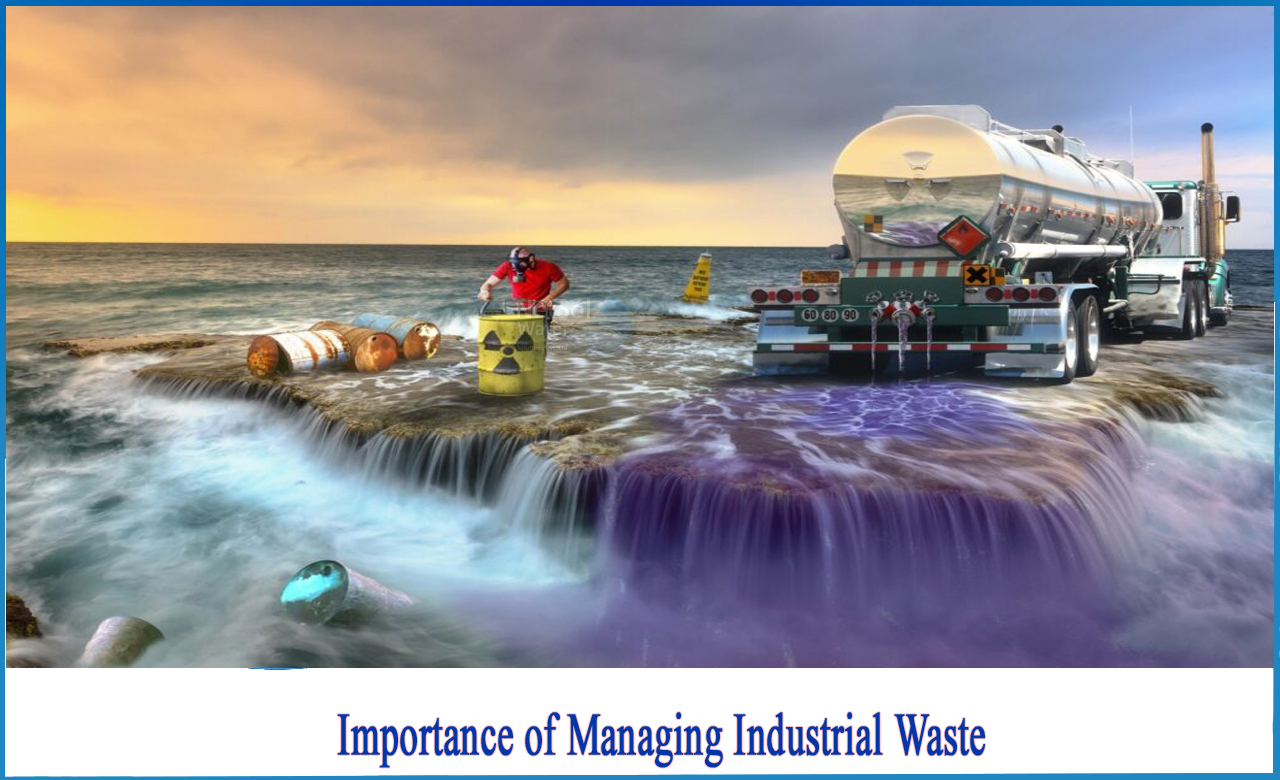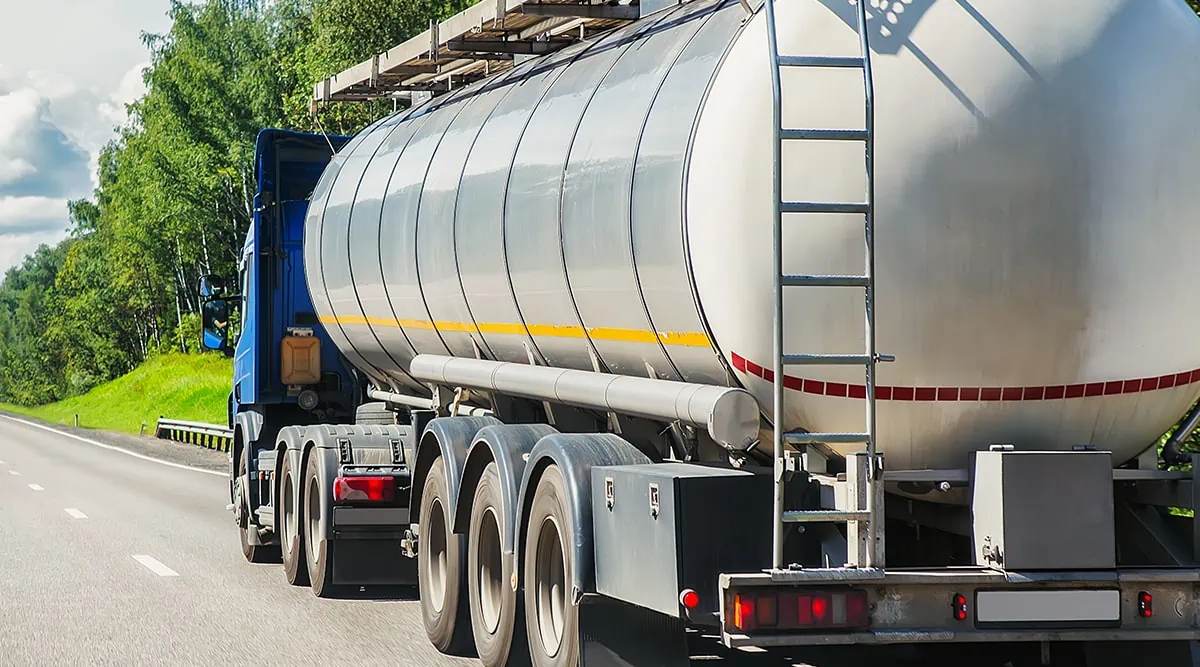Reclaim Waste - Truths
Reclaim Waste - Truths
Blog Article
The 25-Second Trick For Reclaim Waste
Table of ContentsHow Reclaim Waste can Save You Time, Stress, and Money.Some Known Details About Reclaim Waste The Best Strategy To Use For Reclaim WasteIndicators on Reclaim Waste You Need To KnowReclaim Waste for Dummies
Explore the kinds, events, and types of liquid waste. Domestic sewage waste refers to the waste and products from a residential sewage-disposal tank. This sort of waste is developed by human beings in residences, schools, and various other structures. This only includes septic containers that have a drain area. The proper management and disposal of residential sewer waste require liquid waste to be moved to a sewer treatment plant where the correct techniques and devices are applied to purify and dispose of waste.
Industrial waste typically consists of potential risks, such as combustible products or a mixture of fluid and solid waste products, and needs an advanced and thorough disposal procedure. The disposal of commercial waste usually involves the filtering of waste prior to transport to make certain risk-free and correct disposal. Industrial waste is developed from results and runoff of commercial processes and manufacturing.
This kind of waste can not use the same sewer monitoring transport or procedures as septic or commercial fluids. The hazardous waste monitoring procedure requires the evaluation and testing of liquid waste prior to it undertakes the disposal process (liquid waste disposal melbourne). Overflow waste is the fluid waste that comes from overflow and excess stormwater in highly populated locations or cities
Runoff waste can create contamination and flooding if not taken care of effectively. Ensuring appropriate waste monitoring can stop catastrophes and reduce ecological damage.
The Main Principles Of Reclaim Waste
Call PROS Providers today to find out about our waste management and disposal services and the appropriate means to look after the fluid waste you produce.
(http://www.askmap.net/location/7161699/australia/reclaim-waste)Do you know what takes place to your water when you end, flush the commode or drain the cleaning maker? No? Well, it's worth recognizing. This so-called 'wastewater' is not just an essential resource but, after treatment, will certainly be released to our land, rivers or the sea. Made use of water from bathrooms, showers, baths, kitchen area sinks, laundries and industrial processes is referred to as wastewater.

water used to cool down machinery or tidy plant and equipment). Stormwater, a type of wastewater, is runoff that streams from farming and metropolitan locations such as roofings, parks, yards, roads, courses and gutters right into stormwater drains, after rainfall. Stormwater flows neglected straight to regional creeks or rivers, at some point reaching the sea.
Fascination About Reclaim Waste
In Queensland, a lot of wastewater is treated at sewer therapy plants. Wastewater is transported from residential or industrial sites with a system of drains and pump terminals, understood as sewerage reticulation, to a sewage therapy plant. City governments develop, keep and run most sewer therapy plants. Operators are licensed under the Environmental Security Act 1994 to discharge treated wastewater at an appropriate environmental requirement into rivers.
The Department of Natural Resources advises regional federal governments about handling, operating and keeping sewage systems and treatment plants. In unsewered areas, city governments might need householders to mount specific or family sewer treatment systems to deal with residential wastewater from toilets, kitchens, restrooms and washings. The Division of Natural Resources authorizes using family systems when they are confirmed to be reliable.
The majority of stormwater obtains no treatment. In some brand-new class, therapy of some stormwater to get rid of litter, sand and crushed rock has begun utilizing gross pollutant catches. Wastewater treatment happens in four stages: Removes solid matter. Larger solids, such as plastics and various other items mistakenly released to sewers, are removed when wastewater is travelled through displays.
Uses tiny living microorganisms understands as micro-organisms to break down and Extra resources get rid of remaining dissolved wastes and great bits. Micro-organisms and wastes are included in the sludge.
Reclaim Waste Fundamentals Explained
Nutrient elimination is not available at all sewer therapy plants because it calls for expensive specialist tools. Clear liquid effluent created after therapy may still consist of disease-causing micro-organisms - liquid waste removal.

This normally suggests wastewater has actually to be dealt with or impurities gotten rid of prior to it can be released to rivers. A lot of wastewater streams into the sewerage system. Under the Act, regional federal governments provide authorizations and permits for ecologically relevant activities (Ages) including wastewater launches that may have a regional impact. The department provides authorizations and licences to ERAs involving wastewater launches that might have a regional or statewide effect.
Indicators on Reclaim Waste You Need To Know
Or else, examples are considered lab evaluation. Often numerous examinations are required to develop the levels of each of the various toxins such as oils, heavy steels and pesticides in water. Tracking gives factual details about water quality and can validate that licence problems are being satisfied. The information acquired via monitoring supplies the basis for making water top quality choices.
Report this page